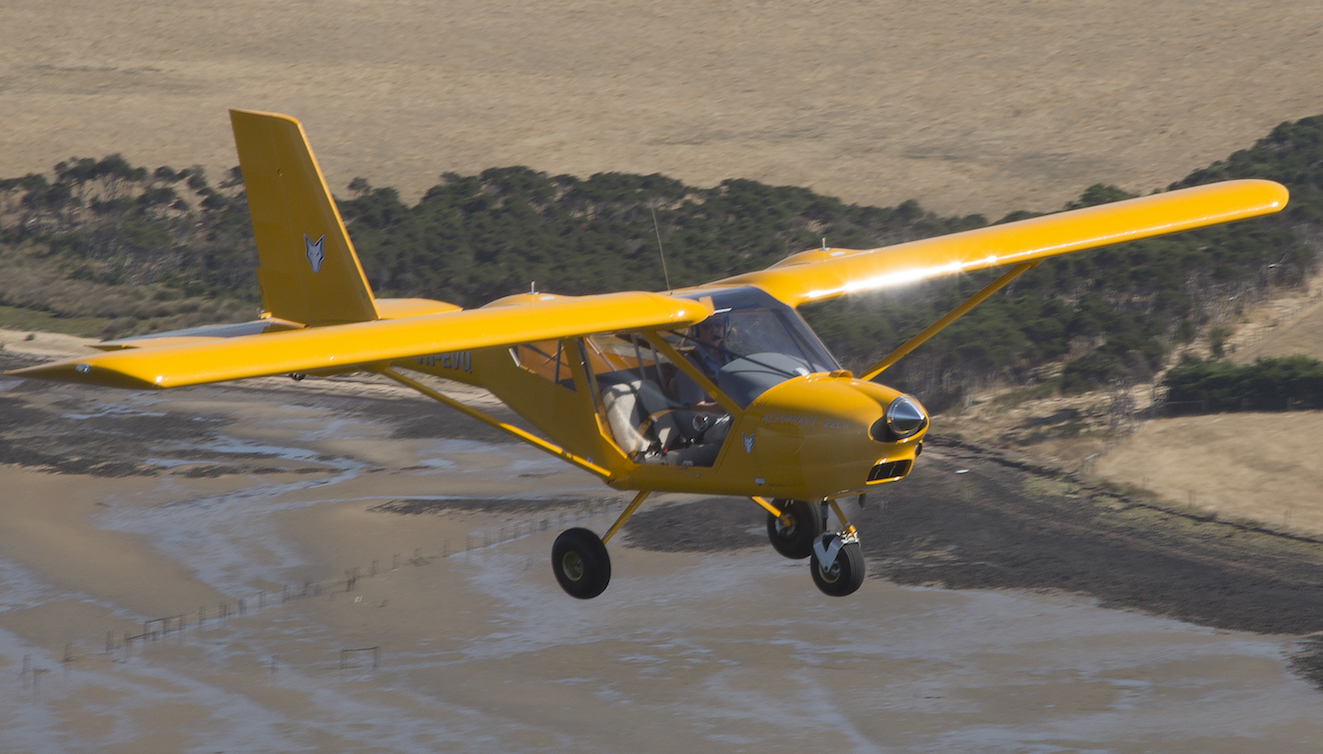 Time and again I’m asked what spec Foxbat would I buy for myself. I can understand why people ask me this question – even if my favourite is chosen for my own personal reasons, which may or may not be reasons which match that particular customer’s needs. Having sold close to 170 Foxbats in Australia, and having test flown them all, I suppose it’s reasonable to expect I would be full of the pro’s and con’s of each control system (Y-stick or twin yokes?), each instrument panel type (digital screen(s) or analogue gauges?), tyre sizes and whether or not to have a rescue parachute. Not to mention the colour?
Time and again I’m asked what spec Foxbat would I buy for myself. I can understand why people ask me this question – even if my favourite is chosen for my own personal reasons, which may or may not be reasons which match that particular customer’s needs. Having sold close to 170 Foxbats in Australia, and having test flown them all, I suppose it’s reasonable to expect I would be full of the pro’s and con’s of each control system (Y-stick or twin yokes?), each instrument panel type (digital screen(s) or analogue gauges?), tyre sizes and whether or not to have a rescue parachute. Not to mention the colour?
So here goes – remember, this is my choice, for the flying I like to do. Your preferences may – probably will be – different! There’s no ‘one size fits all’.
Most of my flying is what I’d call ‘pleasure’ flying, with occasional longish trips to events like ‘Ozkosh‘ and other fly-ins and airshows. In reality, much though I’d like to do more and longer trips, my time commitments just don’t allow it, so these adventures happen maybe once every 2-3 years. Most of my pleasure flying is around southern Victoria, from the South Australia border in the west, all the way round to Mallacoota and Gabo Island in the east. And there are occasional inland trips to Echuca, Swan Hill, Yarrawonga, Wangaratta and even Mildura.
I like to look out of the aircraft, particularly at the ground, which is why I prefer a high-wing aircraft. I have flown many low-wing types and the view of the sky through a bubble canopy is fantastic. But I find the changing contours, shapes, shadows and colours of the ground fascinating, even magical, on a sunny day with a few clouds around. And I typically fly 1,000-2,000 feet above the ground.
Although I originally learned on twin-yoke controlled Piper Colts and Cherokees, my personal preference is for a control stick. I really like the Foxbat Y-stick, which for me falls perfectly to my right hand. And although I’ve heard many initial questions about the throttle positions at the sides of the seats, every new owner tells me that soon, they too fall naturally under your hand. The handbrake levers on each arm of the Y-stick can be adjusted to suit different hand sizes and after a little acclimatisation, work well. On the other hand (pun intended) some GA pilots really prefer the twin yokes, which to them feel more comfortable and familiar.
One small niggle I have is about the slow speed of the electric trim, which seems to take an age to wind from one end to the other. This is a function of the trim system manufacturer – US company Ray Allen – who only offers one speed for their servos. But it’s a small niggle, and one I don’t really notice it after a while, after all, these trim systems seem to be very reliable and pretty much bullet-proof.
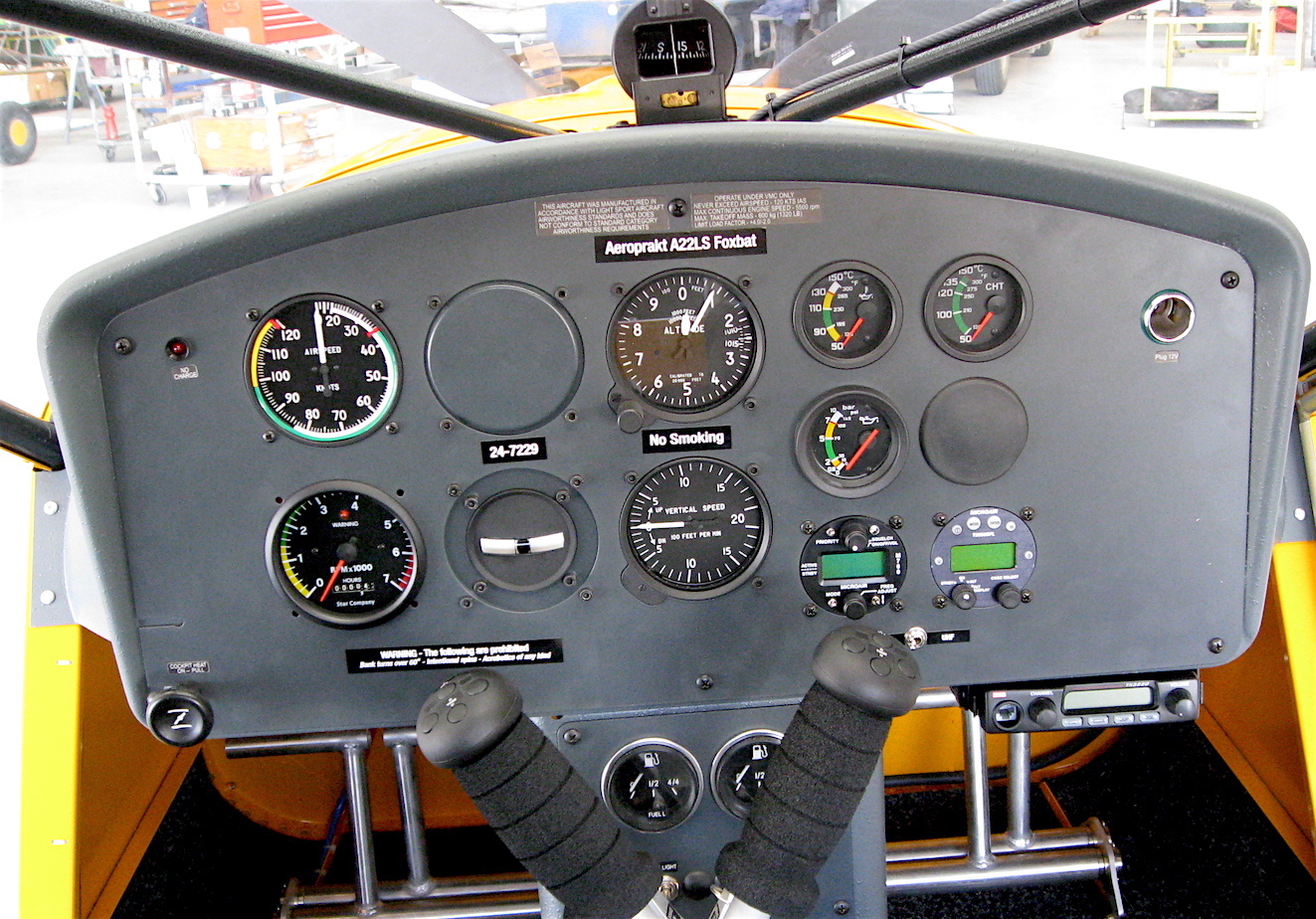 As far as instruments are concerned, I like analogue dials. Modern digital screens – and we have fitted literally dozens of Dynon Skyview and other screens to Foxbats – are almost unbelievable in their reliability and the amount of information they can provide. However, for my kind of flying, I just don’t need that amount of detail. For me, simple instrumentation is best. On the flying side, an ASI, altimeter, slip ball and compass are enough. Even a VSI isn’t needed, although I like it to show off the climb rate of the aircraft.
As far as instruments are concerned, I like analogue dials. Modern digital screens – and we have fitted literally dozens of Dynon Skyview and other screens to Foxbats – are almost unbelievable in their reliability and the amount of information they can provide. However, for my kind of flying, I just don’t need that amount of detail. For me, simple instrumentation is best. On the flying side, an ASI, altimeter, slip ball and compass are enough. Even a VSI isn’t needed, although I like it to show off the climb rate of the aircraft.
On the engine side, a tachometer, engine running hours, oil pressure & temperature and a coolant temperature gauge are plenty. On the Rotax, EGT readouts are to a large extent redundant, as you can’t manually adjust the mixture in the automatic density-compensating carburettors. Yes, sudden changes in EGTs might give warning of a problem but oil pressure and oil & coolant temperatures are there to do the same.
For me and my flying, the tyres are a no brainer. The nose wheel weight is so light on the Foxbat, the ‘standard’ 15×6.00×6 six-ply (15″ diameter) tyre is just fine. On the main gear, my personal favourites are the larger 6.00×6 (17″ diameter) six-plys. These are aircraft grade tyres, with a low rolling resistance (for short take-offs!) and excellent wear and balance characteristics. I’m not much of a fan of so-called ‘tundra’ tyres. To me, they make the Foxbat look a bit clunky and keeping them balanced can be quite a chore. However, I do accept that they are an excellent choice if you’re likely to be landing on soft grass or sand, where their low pressure helps to keep the plane afloat!
What about a ballistic rescue system? Here. there’s no simple answer. On the downside, they cost about $6,500 to install; and they weigh about 20 kilos, which comes straight out of your usable load. On the upside, if you often fly with (the same) non-pilot passenger, there is an argument that the parachute will save you both, if you become incapacitated. Personally, I think it would be a better and less expensive investment for your passenger to undertake some basic training in how to fly and land the aircraft. It’s probably a better bet for your survival that the aircraft is landed at an airstrip where emergency services can reach you more easily than in a paddock in the middle of nowhere. On the other hand, if you frequently take different passengers for short joy-flights, maybe a parachute is a good choice. Make sure you brief your passenger pre-flight how to use it!
Colour? For me – no choice, it has to be yellow.
Carburettor heat box? On balance, I would have one. Mainly because, although there has been no pattern of carby ice in non-heat box Foxbats, the carby heat box draws cooler air from outside the engine bay , which helps the engine develop its full power.
Other items? Perhaps a transponder, as there is plenty of controlled airspace around Victoria. Auto-pilot? Not for me, although I have ferried a few auto-piloted Foxbats long-distance and it really takes the effort (and some pleasure) out of flying. Wheel spats do add some speed to the cruise but that extra couple of knots makes little difference over the distances I typically fly; and even on the rare longer flights, I’m only a few minutes behind the quicker planes…and enjoy more flying time as a result! And wheel spats hide the brakes from view and need to be cleaned out regularly, so no spats for me.
Finally…the vexed question of VH- or RA-Aus registration. Because of my job, I hold both a PPL and an RA-Aus Pilot Certificate. But if I could only have one, I’d probably go for the VH-registration. If it comes to it for medical reasons, I can go to an RPL and continue to fly my VH- aircraft. And it’s a lot cheaper, even with the bi-annual medicals I now have to take.
It may come as a surprise to some people that I’m not opting for a fully tricked-up Foxbat at the expensive end of the scale. But to me, the Foxbat is designed to be simple to operate and easy to fly. It’s a great utility aircraft, which you can potter about in at weekends and occasionally take for longer flights. On that basis, I’m personally happy to KISS (Keep It Sweet & Simple!) and save my pennies towards the fuel and insurance.
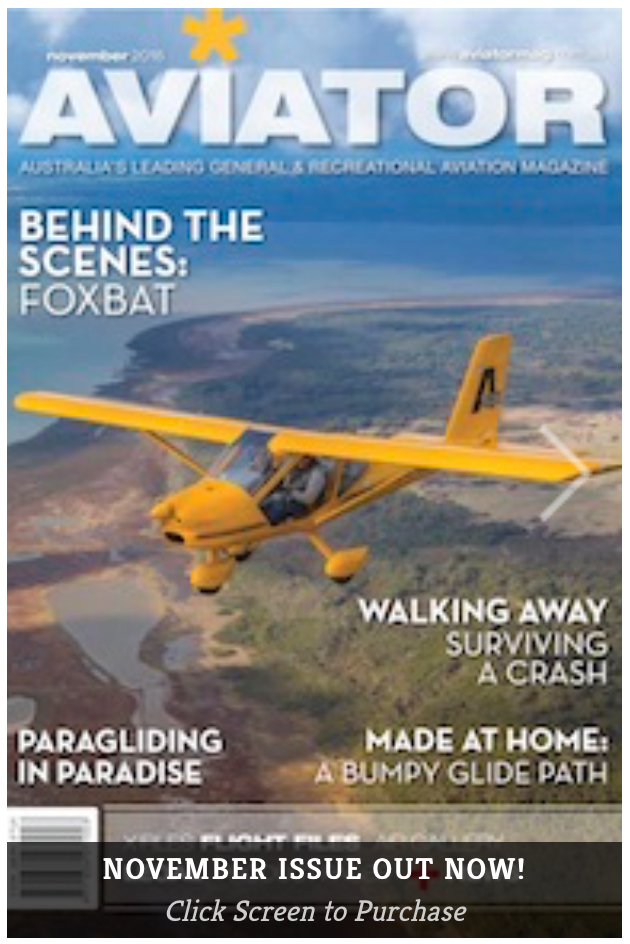 The latest issue of ‘Aviator‘ magazine has gone behind the scenes at Foxbat Australia. You can get your copy at your favourite newsagent or click here to read online: ‘Behind-the-scenes at Foxbat Australia‘.
The latest issue of ‘Aviator‘ magazine has gone behind the scenes at Foxbat Australia. You can get your copy at your favourite newsagent or click here to read online: ‘Behind-the-scenes at Foxbat Australia‘.
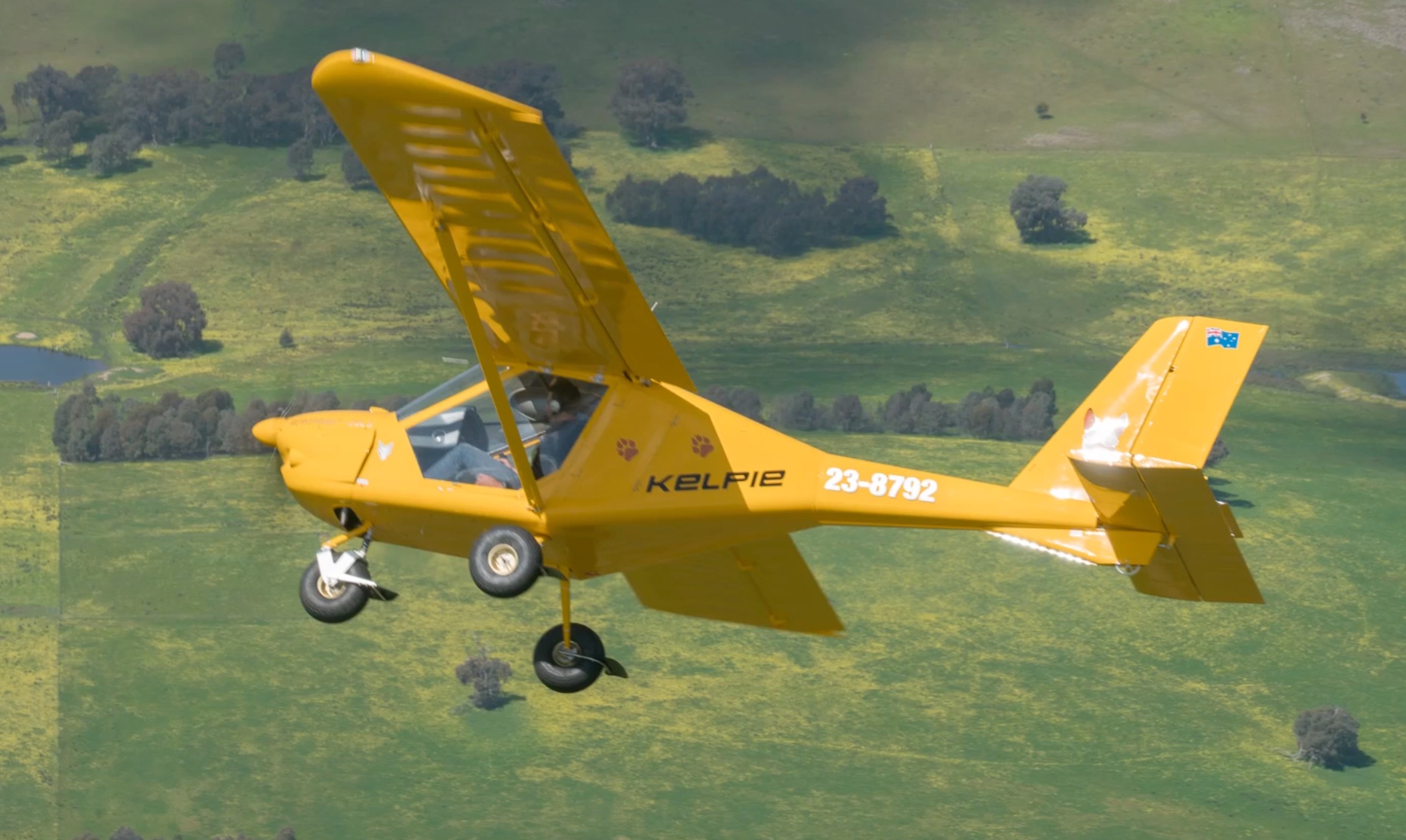

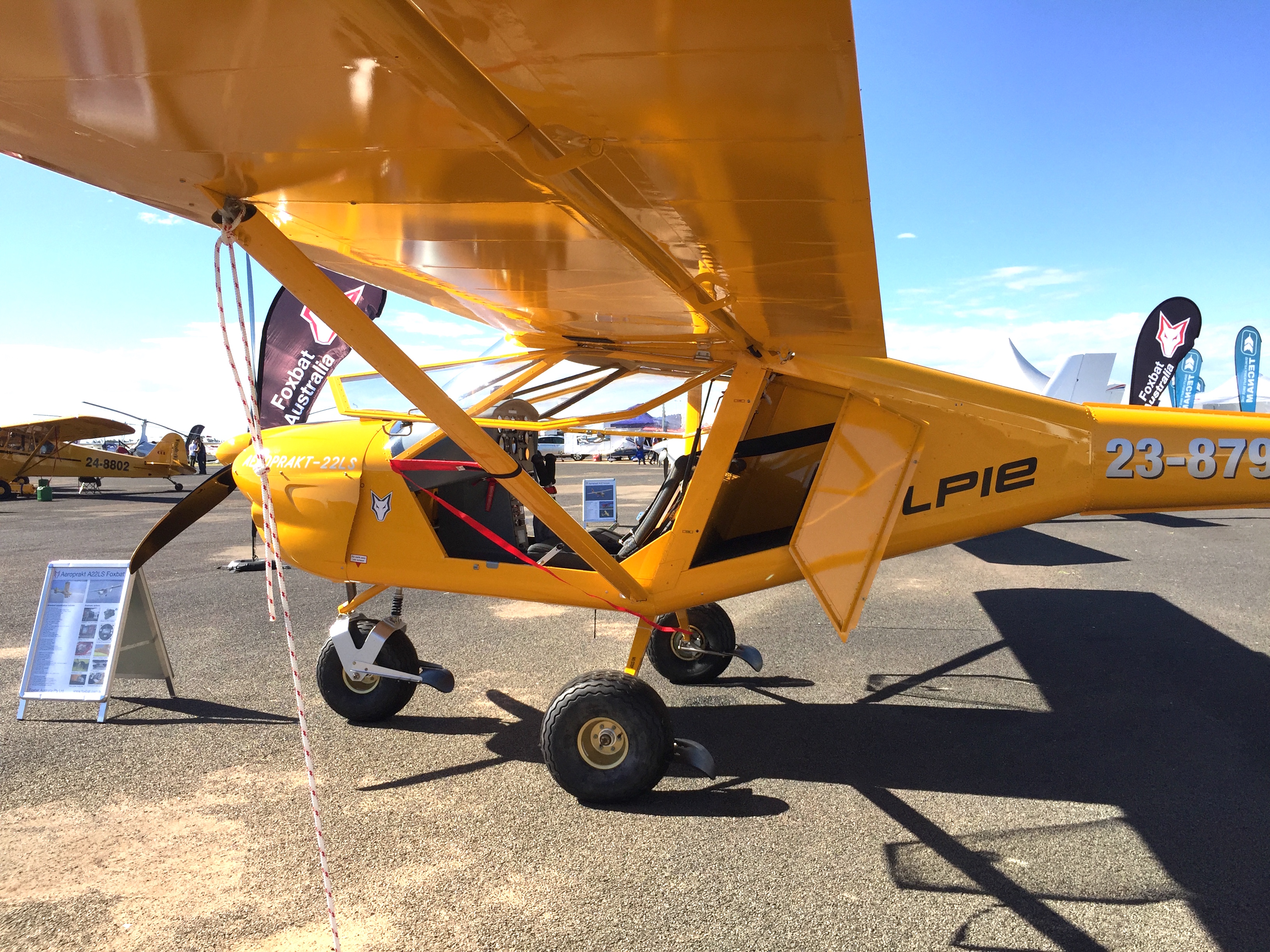




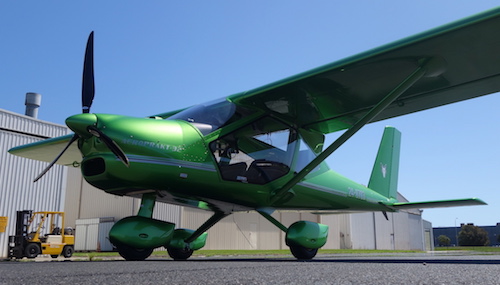

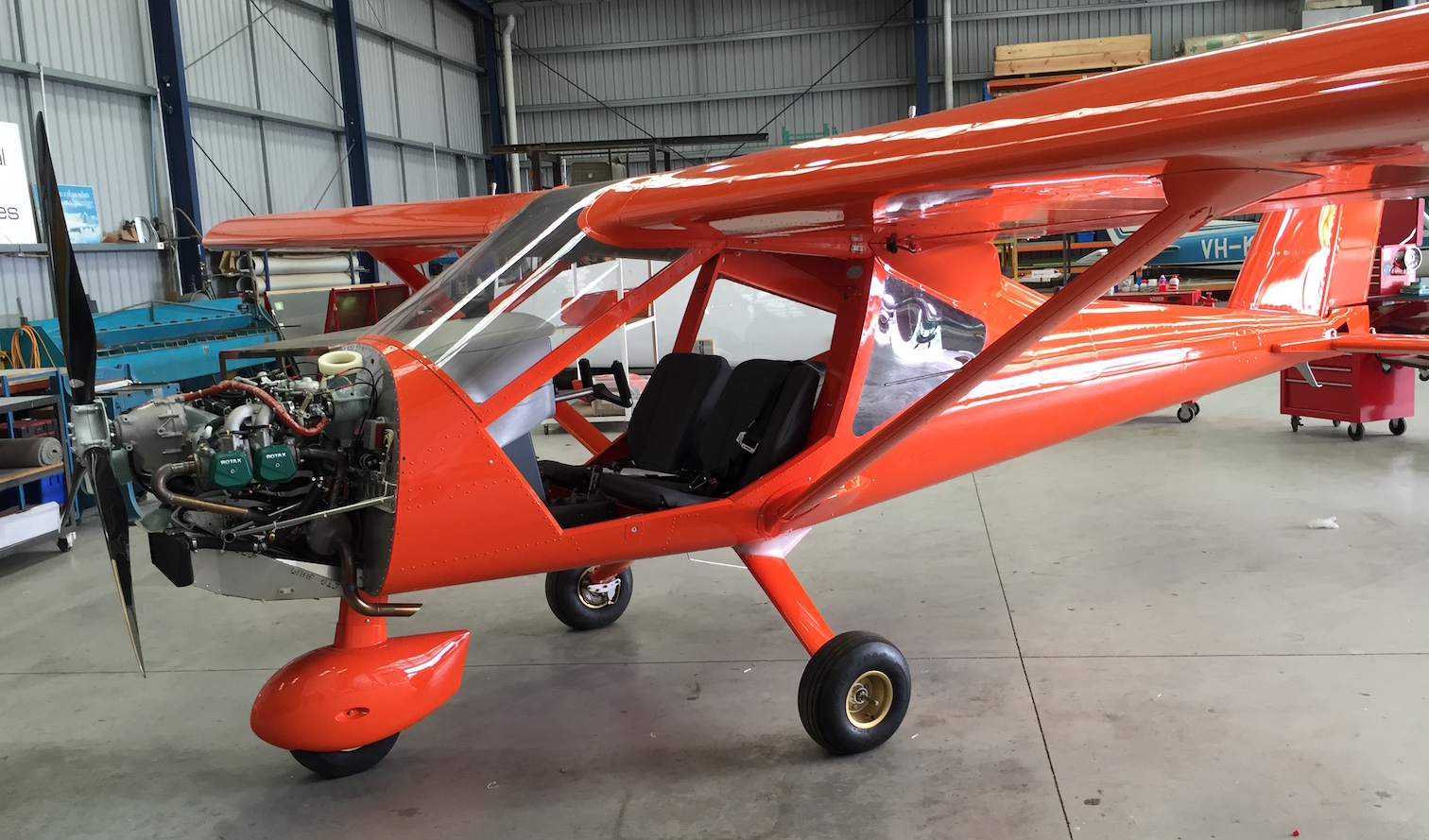
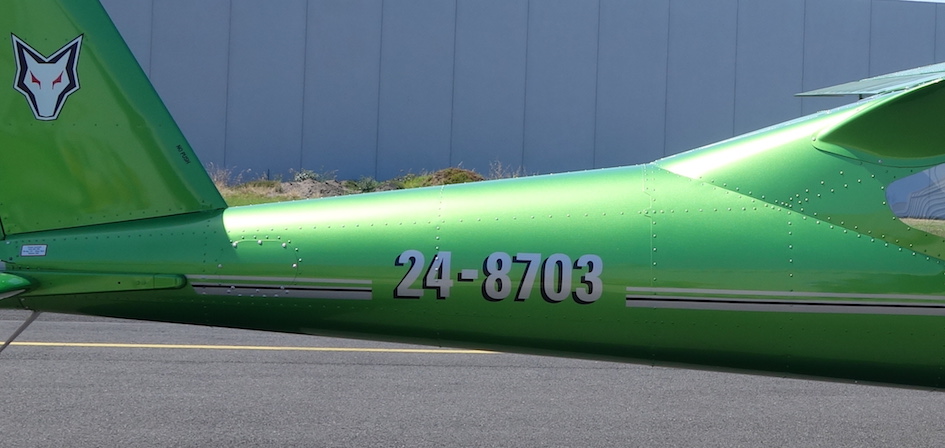
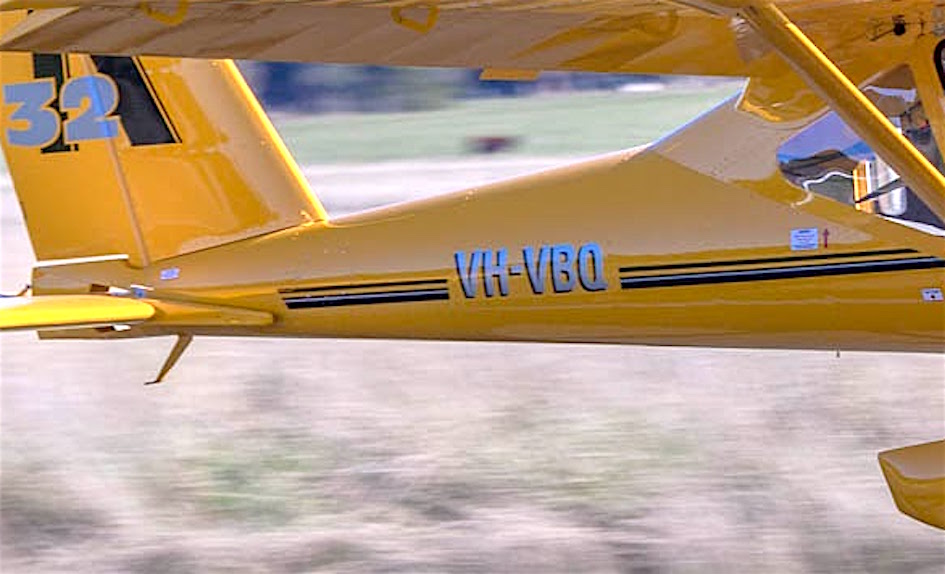
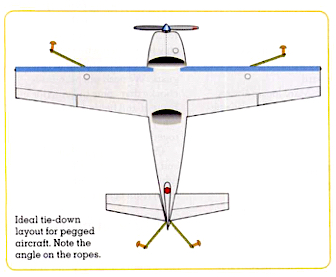 All pilots/owners need, from time to time, to park their aircraft in the open air. Whether it’s just for an overnight stop or for a longer period, it’s important to ensure you do it properly, or you could be up for a big repair bill and potential extra travel costs, including retrieving your plane later.
All pilots/owners need, from time to time, to park their aircraft in the open air. Whether it’s just for an overnight stop or for a longer period, it’s important to ensure you do it properly, or you could be up for a big repair bill and potential extra travel costs, including retrieving your plane later.